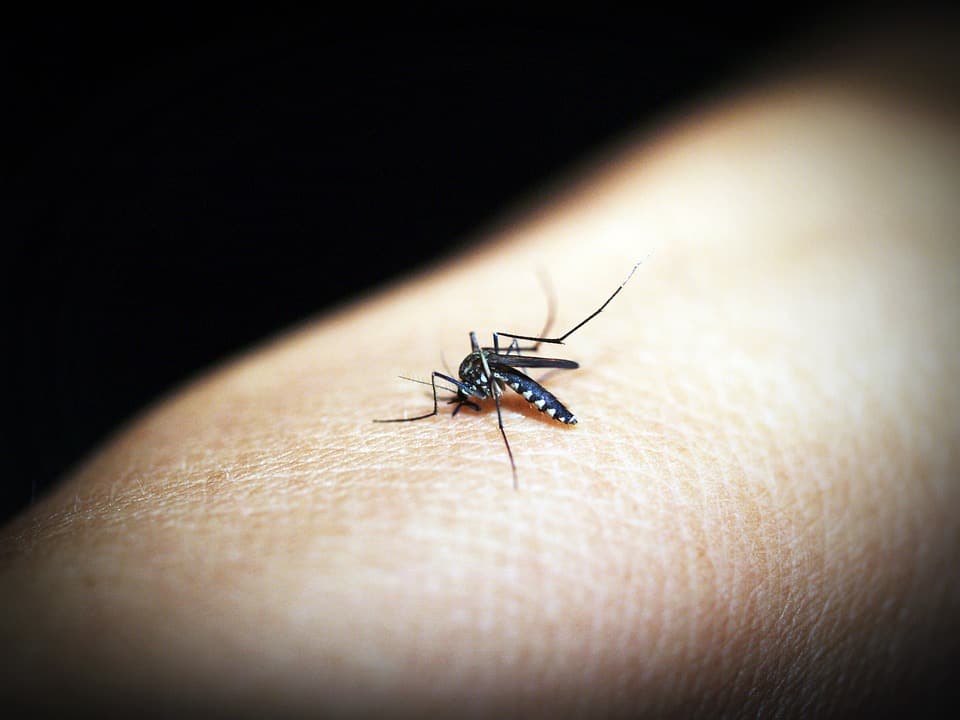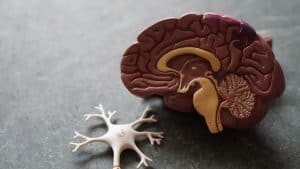
Breathalyser for malaria shows promise in trials
pharmafile | November 7, 2017 | News story | Manufacturing and Production, Research and Development | biotech, drugs, malaria, pharma, pharmaceutical
Access to sophisticated rapid blood tests for malaria has improved dramatically in recent years but there are still issues in rural settings, meaning this option can be expensive and impractical. New research has allowed the development of breath test for malaria that could allow a cheaper, more practical solution.
Researchers from Washington University, in early tests of a basic form of the device, found that 83% of participants could be accurately diagnosed through their breath alone – this is only 7% below current standards, usually measured through blood tests. The early trials were conducted in Malawi and with only 35 participants but this proof-of-concept showed that there is significant promise to the premise.
The breathalyser works by analysing compounds in the breath of participants, after research found that malaria promoted the expression of certain chemicals in the breath, known as terpene compounds. The particular compounds – 3-careene and alpha-pinene – are also found in pine trees and conifers, in order to attract mosquitos and other pollinating insects.
It seems that the malaria parasite has learnt to spread itself by encouraging the production of these chemicals in the breath of humans – effectively drawing more mosquitos closer to infected individuals and thereby spreading itself further afield.
Further than this, there were more than six other compounds found in the breath of those infected with malaria – which were the signposts that the researchers were initially investigating before discovering the significance of the terpene compounds.
Though the success rate of the device is currently lower than standard tests, with other developments in the field, the detection levels of the test could be further improved.
In particular, researchers noted that ‘eNoses’ that have developed independently have begun to find widespread uses across different areas – including bomb disposal and diagnosing tuberculosis. There remains the possibility of partnering with the producers of this device to improve detection further.
“The malaria parasite has been outwitting human interventions for thousands of years,” said Patricia Walker, president of the American Society of Tropical Medicine and Hygiene, which is hosting the conference where the results of the tests will be revealed. “We need innovative collaborations between biologists and engineers to develop new tools that give us the upper hand.”
Ben Hargreaves
Related Content

FDA approves Roche’s test for malaria in blood donors
Roche has announced that the US Food and Drug Administration (FDA) has approved its cobas …

WHO recommends new vaccine for prevention of malaria in children
The World Health Organization (WHO) has announced that it has recommended a new vaccine, R21/Matrix-M, …

FDA approves IMIDEX’s AI-powered device VisiRad XR
The technological pharmaceutical company IMIDEX has been granted clearance from the US Food and Drug …







